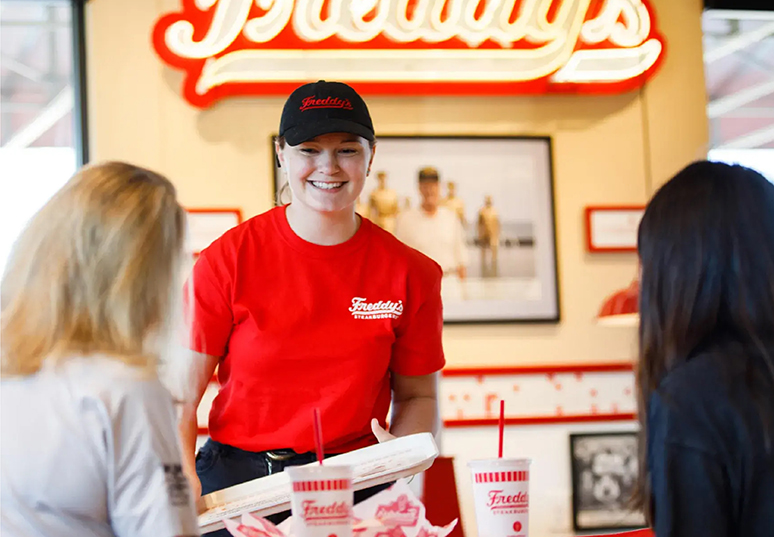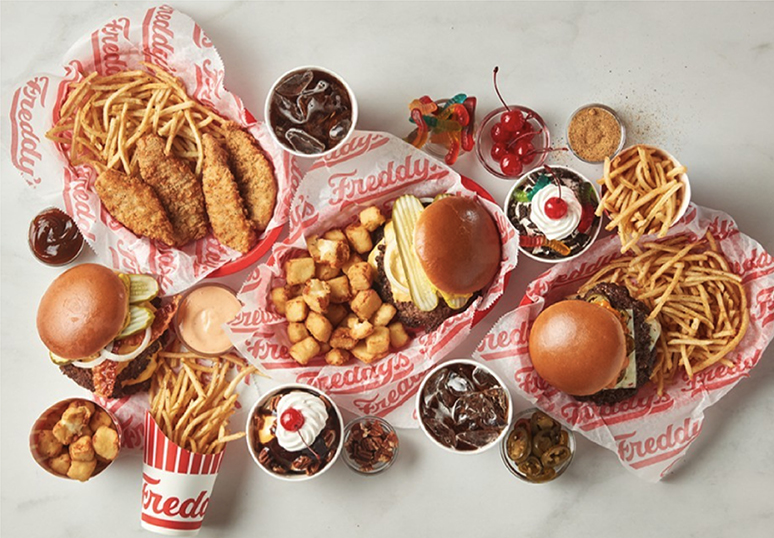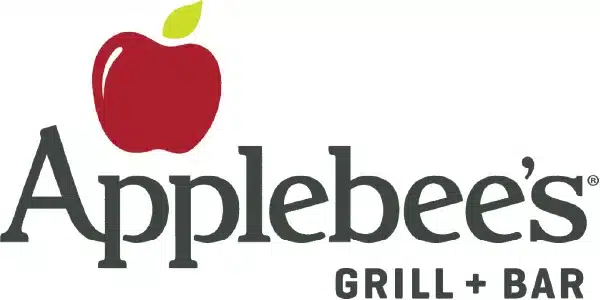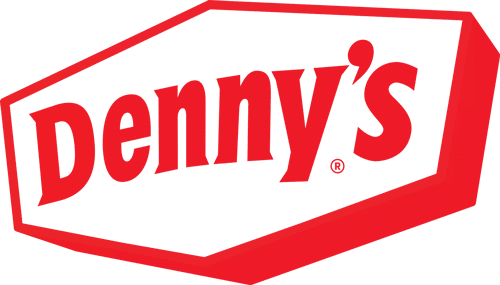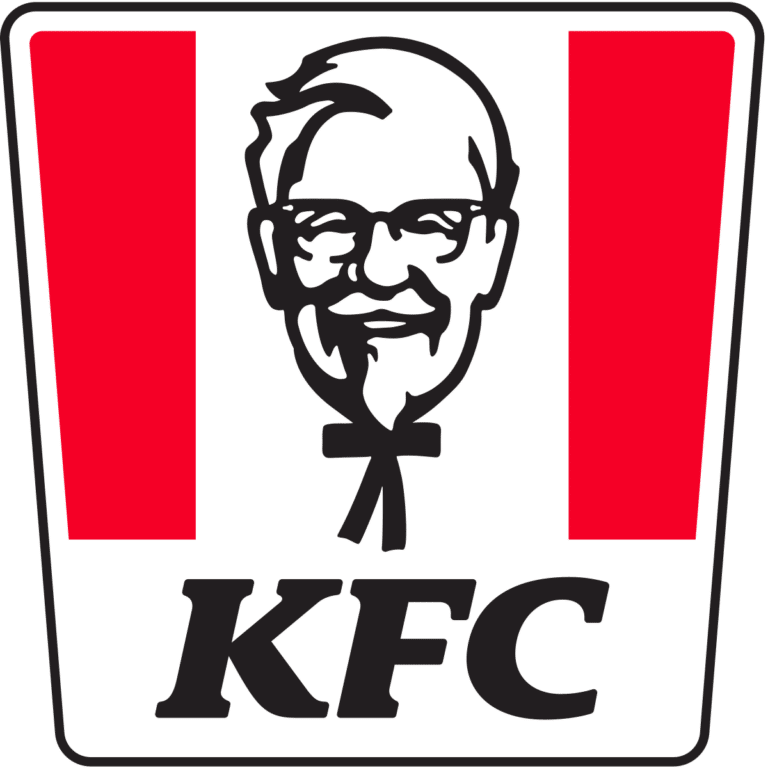
“After talking to some other franchisees, switching to automated oil management was a no-brainer for us,” Bruggeman said. “The costs were right, but the bigger draw for me was the technology’s functionality.”

“Once you understand what automated oil management changes for your kitchen, your people, and your bottom line, it becomes hard to find a reason to not use it,” Bruggeman said. “It makes you more efficient. It makes work easier, safer, and cleaner for employees. It lowers your costs. And it just makes your life easier. With this technology, everyone wins.”



